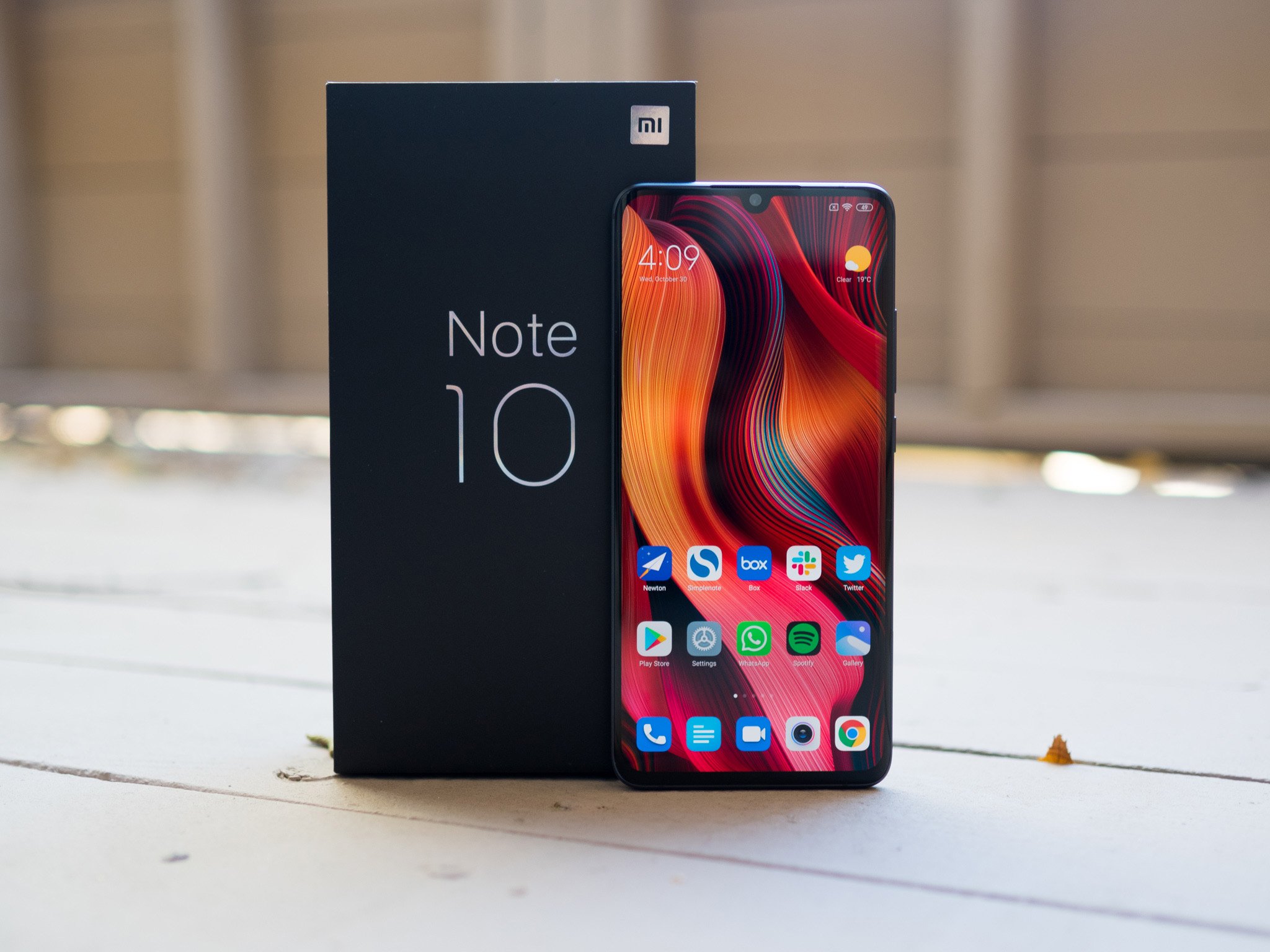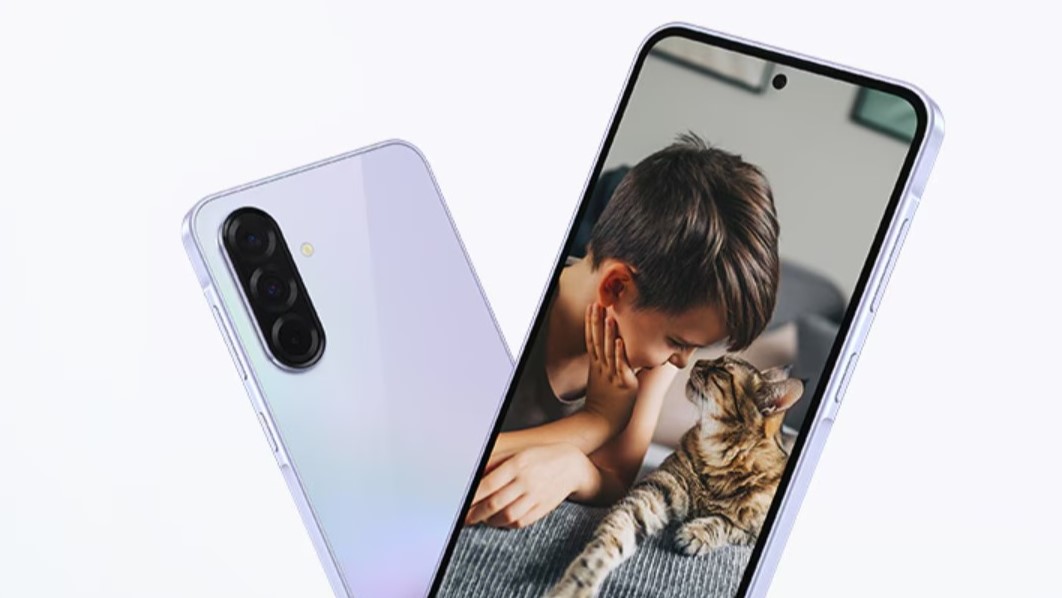For most of 2019, Xiaomi has focused its attention on the Redmi sub-brand. Sure, the brand launched the yearly refresh in the Mi flagship series in the Mi 9 and a new Android One device in the Mi A3, but all the interesting launches have been on the Redmi front. The Redmi K20 Pro launched as am ambitious value flagship that could take on the likes of OnePlus, and more recently, the Redmi Note 8 Pro launched as the brand's first phone with a high-resolution 64MP sensor.
Xiaomi is now reviving the Mi Note series with the Mi Note 10. The last phone in this series was the Mi Note 3, which launched alongside the Mi Mix 2 in 2017. The Mi Note 10 has a lot to offer, not least among which is a curved AMOLED screen, which we haven't seen on a Xiaomi phone after the 2016 Mi Note 2. And in what will be welcome news to those eyeing the phone, Xiaomi is reintroducing the 3.5mm jack.
But the differentiator for the phone is clearly the camera: the Mi Note 10 is the world's first phone with a 108MP sensor, and it has five cameras in total at the back. There are two zoom lenses, with the latter facilitating up to 50x digital zoom. There's a Snapdragon 730G chipset under the hood, and a gigantic 5260mAh battery — which is a lot even by Xiaomi's standards. The Mi Note 10 also comes with MIUI 11 out of the box, but it's still running Pie. Here's what you need to know about Xiaomi's latest phone.
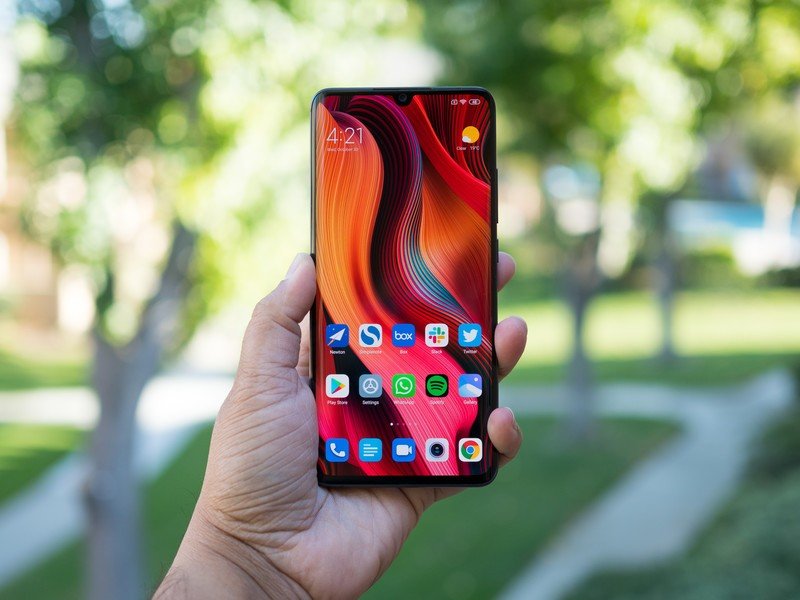
The Mi Note 10 takes after the Mi A3 on the design side of things, with the phone offering the same flowing curves at the back. The phone is available in three color options — Midnight Black, Glacier White, and Aurora Green — and the last two models are more exciting, with the white variant, in particular, standing out because of its iridescent sheen. Both the front and back glass panels are protected by a layer of Gorilla Glass 5.
An evocative design with flowing curves, and the 3.5mm jack is back.
Things get interesting at the front, as the Mi Note 10 is the first Xiaomi phone in three years to feature a dual-curved panel. The screen itself is fantastic — you get a 6.47-inch AMOLED display with vibrant colors and excellent sunlight visibility. The curvature of the screen itself isn't as pronounced as the likes of the Galaxy Note 10, and I didn't have any issues with accidental touches.
On a positive note, the 3.5mm jack is back. While Xiaomi continues to offer the analog port on its budget models, it went the USB-C route on its mid-range and high-end phones, starting with the Mi 6. So it's good to see the brand reintroduce the jack. The phone also has an IR blaster, a feature that Xiaomi customers have been familiar with for several years.
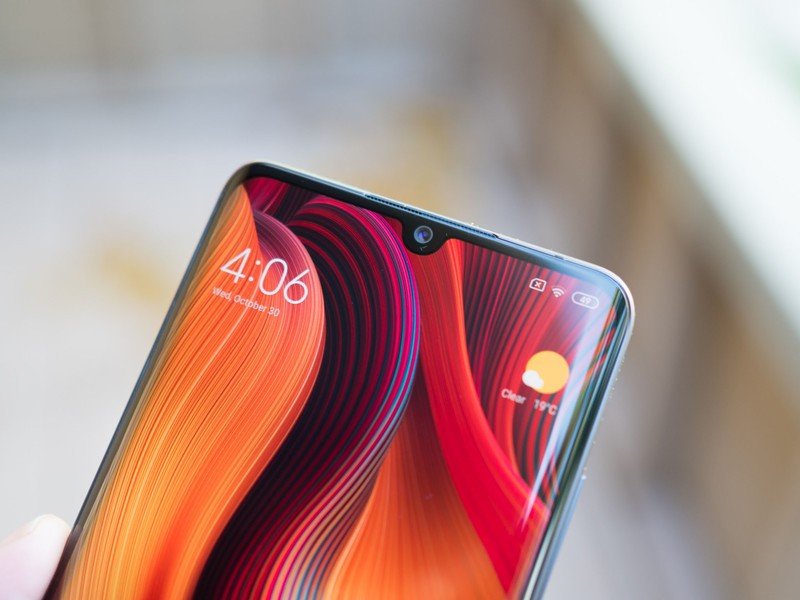
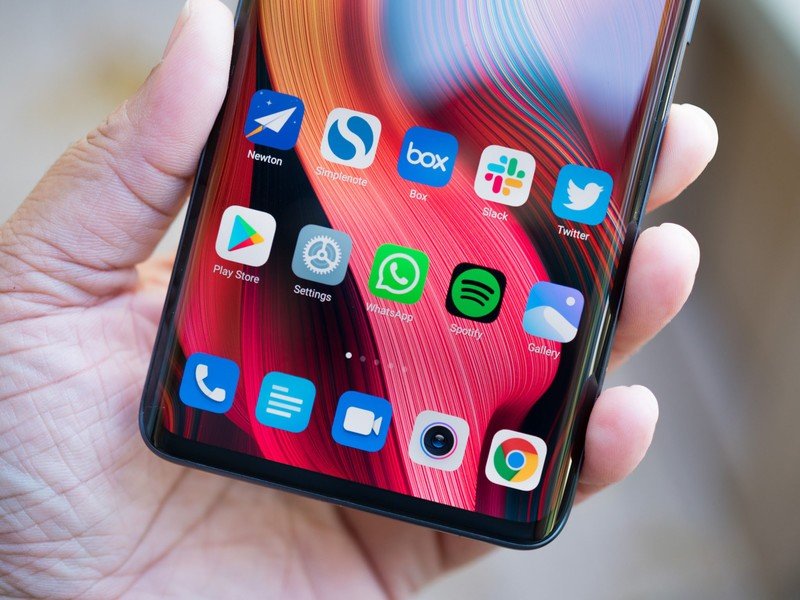
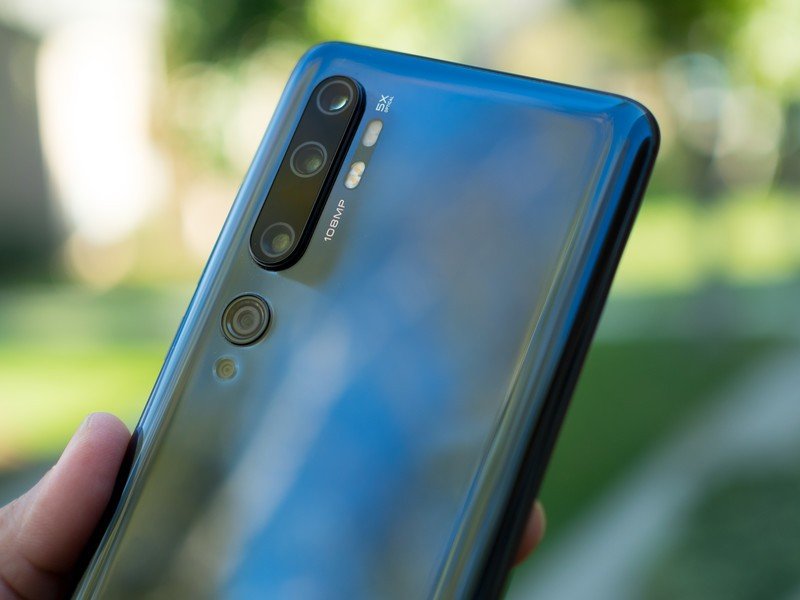
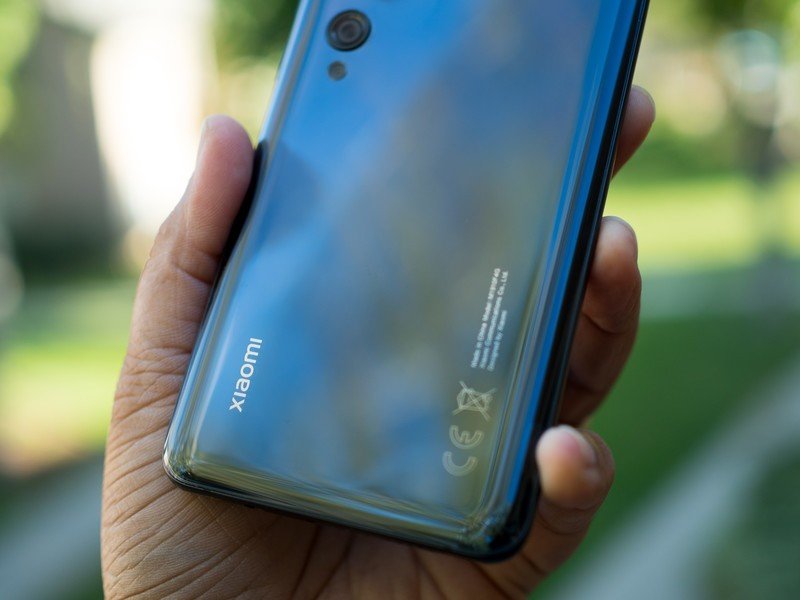
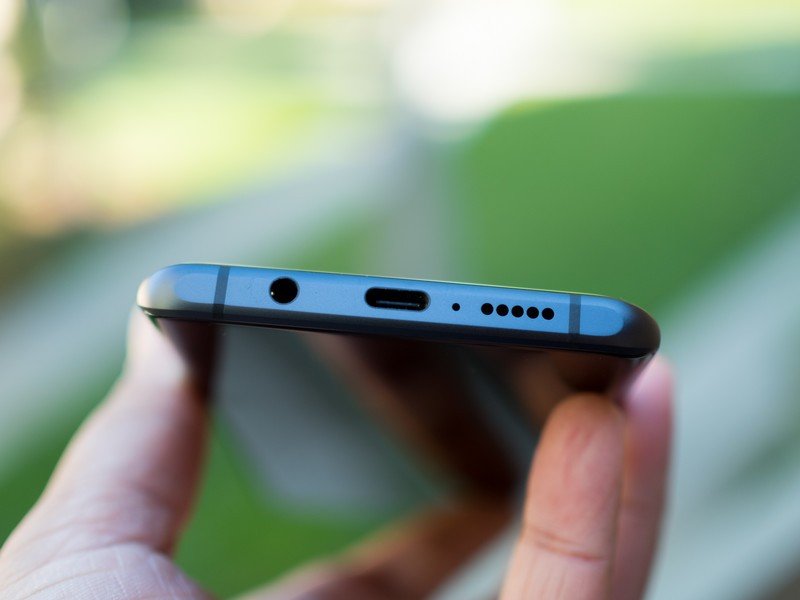
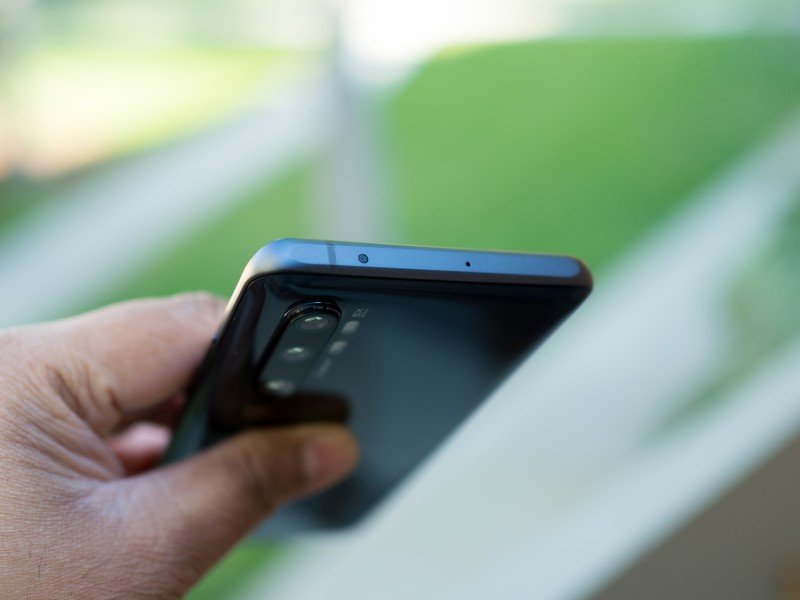
Continuing on the design theme, the Mi Note 10 has a narrow width and isn't as tall as the Redmi Note 8 Pro, but at 9.6mm, it is significantly thicker. It is also quite heavy at 208g, and that is primarily due to the massive 5260mAh battery. I've used the phone for just under a week now, and it's safe to say that this is the best battery life of any Xiaomi phone to date. The phone also charges at 30W, and Xiaomi is bundling a 30W charger in the box.
Get the latest news from Android Central, your trusted companion in the world of Android
On the hardware side of things, the Mi Note 10 is the first Xiaomi phone to be powered by Qualcomm's gaming-focused Snapdragon 730G. The chipset manages to deliver the same level of performance in day-to-day usage as the Snapdragon 855, and you won't notice any slowdowns whatsoever.
Xiaomi Mi Note 10: All the specs you need to know
The Mi Note 10 comes with 6GB of RAM and 128GB of UFS 2.1 storage as standard. You also get an in-screen fingerprint sensor that works reliably and authenticates in under half a second. There really isn't anything missing here when it comes to the basics, and the reintroduction of the 3.5mm jack is a welcome move.
On the software front, the Mi Note 10 is the first phone to run MIUI 11 out of the box. Xiaomi's latest software skin has a boatload of new features and fixes, and it finally makes MIUI feel modern.
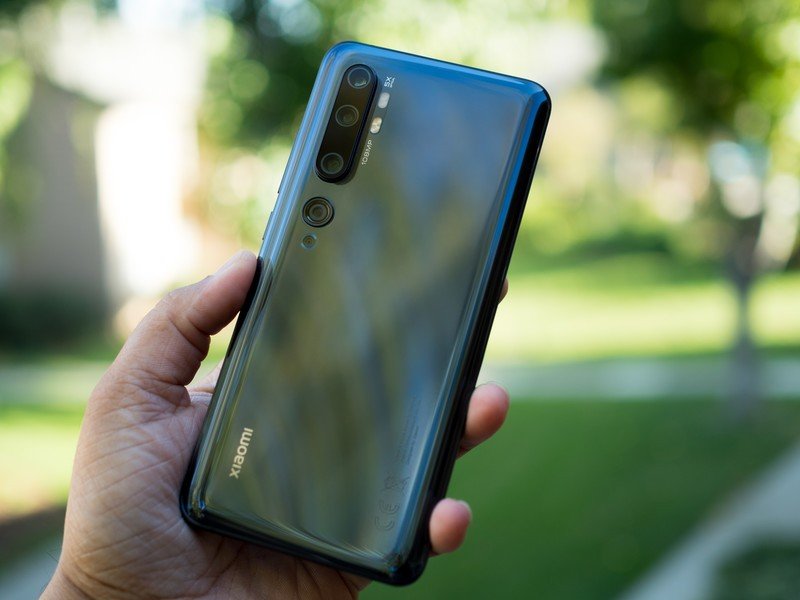
The primary reason you'll be interested in the Mi Note 10 is the camera array at the back. The phone is the first in the world to feature a 108MP sensor, but that's not all: you also get two zoom lenses, with the latter facilitating 5x optical zoom, 10x hybrid, and 50x digital zoom.
Like most phones that feature 48MP or 64MP sensors, the Mi Note 10 relies on 4-to-1 pixel binning to deliver 27MP shots from the 108MP sensor. And in a first for Xiaomi, you'll be able to shoot in RAW, giving you more freedom to edit photos.
Daylight images from the 108MP camera are truly stunning, and the Mi Note 10 also does a decent job in artificial or low-light scenarios. Xiaomi has a 32MP module up front for selfies, and it does a decent enough job for selfies. I'll obviously have much more to talk about the camera over the coming weeks — including seeing how it fares next to the Pixel 3 — but for now, all you need to know is that it is a great shooter in the mid-range segment.

Aside from the naming confusion, the Mi Note 10 gets a lot right. Xiaomi has managed to secure a win by being the first to market with a phone with a massive 108MP camera, and the rest of the hardware changes make the Mi Note 10 an exciting phone.
The phone is heading to global markets starting later this month, and that includes India. The device retails for the equivalent of $350, making it another standout product in the mid-range category for Xiaomi.
Redmi Note 8 Pro review: Great hardware that's once again limited by poor software

Harish Jonnalagadda is Android Central's Senior Editor overseeing mobile coverage. In his current role, he leads the site's coverage of Chinese phone brands, networking products, and AV gear. He has been testing phones for over a decade, and has extensive experience in mobile hardware and the global semiconductor industry. Contact him on Twitter at @chunkynerd.
